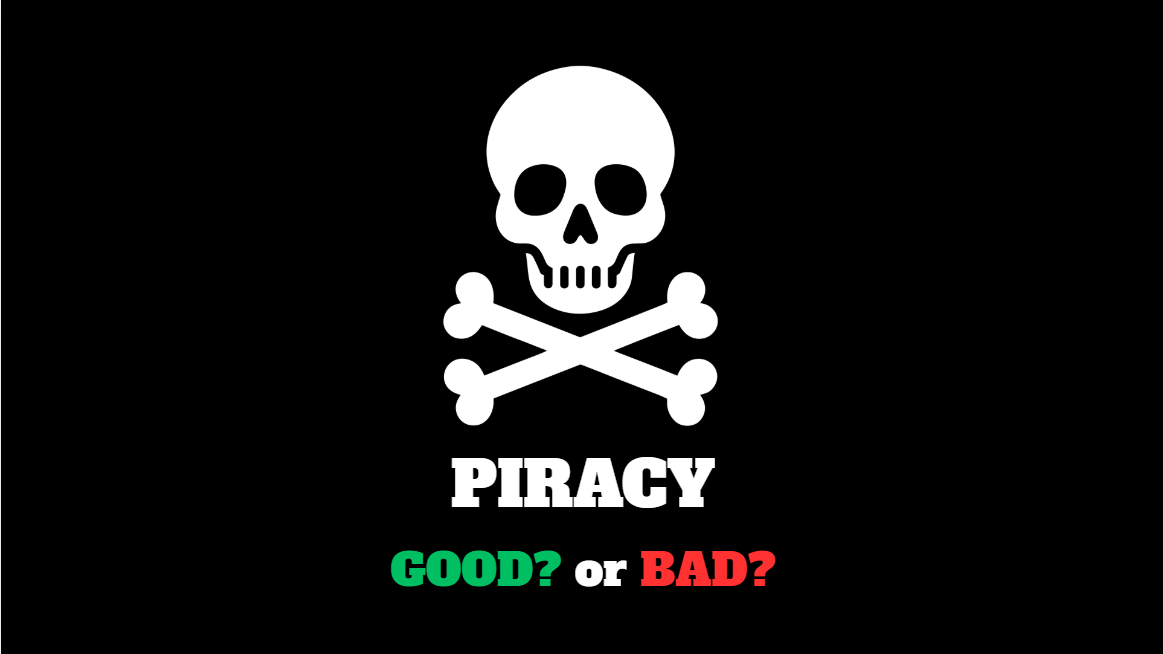Piracy is often framed as a criminal act, a threat to artists, developers, and the industries they work in. While piracy can cause damage, one side of the conversation rarely gets attention: the role it has in preserving and sharing art that could otherwise be lost.
This is more apparent in the world of video games, as the industry shifts toward a fully digital future, many older games have quietly disappeared from online stores. Publishers often neglect to bring back classic games, leaving fans without any legal way to access them. Through piracy, these games remain playable and available to future generations, long after official support is gone.
Music faces a similar issue. While platforms like Spotify and Apple Music offer massive libraries, many albums, tracks, and rare releases are missing or region-locked. In these cases, other methods, while technically illegal, have allowed music lovers to preserve forgotten songs and keep them in circulation.
The problem applies to movies, books, and other forms of media, too. International films, independent works, and niche books often don’t reach certain audiences. Without official distribution, piracy sometimes becomes the only way for audiences to experience these parts of culture. Because of this, communities inadvertently create archives that might otherwise disappear.
Despite the positives, none of this excuses piracy’s downsides. It can harm creators, especially when new releases are pirated instead of supported or purchased. However, in cases where media is no longer sold, available, or acknowledged by its creators, piracy fills a gap that industries have left open. It protects lost media and introduces forgotten works to new audiences.
While the conversation around piracy is usually one-sided, its complex role in preserving media deserves a closer look. Recognition matters, and sometimes, unofficial ways are the only ones left.








